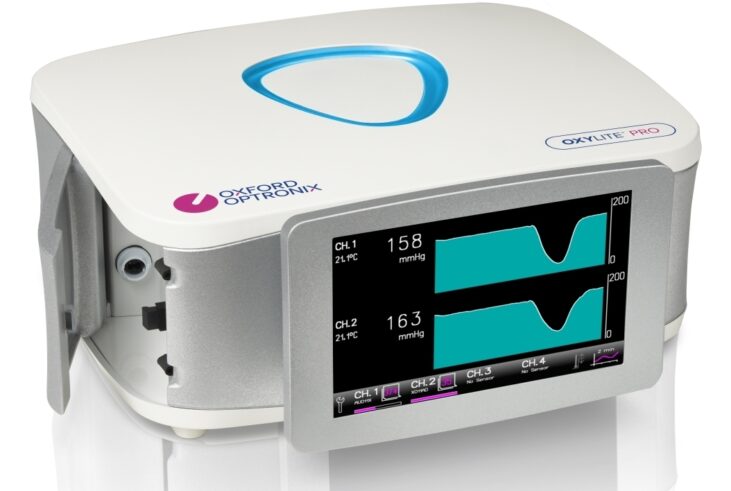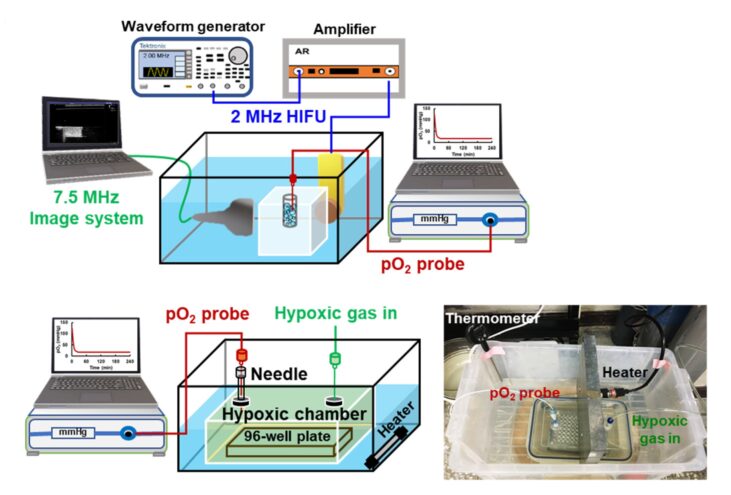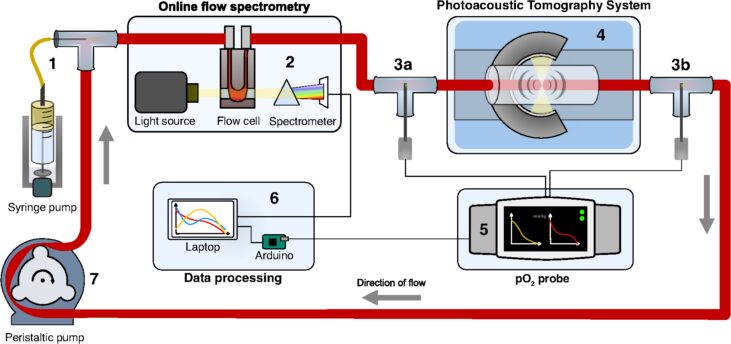The importance of phantoms in research
Phantom models play a crucial role in scientific research as they provide a simulated environment for studying and understanding various phenomena. These models are designed to mimic real-life systems, allowing scientists to conduct controlled and reproducible experiments. By using phantom models, scientists can investigate complex processes, test hypotheses, and validate theoretical concepts before applying them to in vivo scenarios.
Phantom models provide a standardized platform for research. They enable researchers to isolate specific variables and study their effects in a controlled environment that ensures experiments can be repeated and compared across different studies.
Phantoms and oxygen dynamics
Phantom models lend themselves well to studying the role of the cellular oxygen environment by allowing researchers to characterize the dissolved oxygen (or pO2) distribution in a system. By creating a phantom model that accurately represents the in vivo system of interest, scientists can measure and analyze oxygen levels in a controlled manner. This allows a relatively simple in vitro system to uncover the factors that affect oxygen transport, diffusion, and consumption in tissues or even in a range of materials with potential biomedical applications.
One of the most well-established devices for oxygen measurements in applications of this type is the OxyLite™. The OxyLite has been extensively employed in phantom studies to assess oxygen dynamics and validate measurement techniques. Its accuracy and versatility make it a valuable tool for scientists aiming to understand the role and importance of oxygen in vivo.

Reference articles featuring phantom models and pO2 monitoring
Below we cite several recent articles that have combined phantom models with OxyLite oxygen measurements. The articles exemplify the versatility of both phantom models and the OxyLite across diverse research domains, from improving neuroprotection after ischemic stroke reperfusion to analyzing nailfold capillaries and addressing hypoxia-induced drug resistance.
Ho Y. et al. (2023) - Biomaterials Research
Oxygen-loaded microbubble-mediated sonoperfusion and oxygenation for neuroprotection after ischemic stroke reperfusion
This publication explores the use of oxygen-loaded microbubbles and sonoperfusion to enhance neuroprotection after ischemic stroke. The authors utilize a phantom model supported by the OxyLite system to directly measure the effects of microbubble-mediated sonoperfusion on phantom (and by deduction, tissue) oxygenation.
Ho Y. et al. (2022) - Pharmaceutics
Overcoming Hypoxia-Induced Drug Resistance via Promotion of Drug Uptake and Reoxygenation by Acousto–Mechanical Oxygen Delivery
This publication focuses on overcoming hypoxia-induced drug resistance. The authors utilize a phantom model, employing the OxyLite oxygen monitor to evaluate the effectiveness of acousto-mechanical oxygen delivery in promoting drug uptake and reoxygenation, and thus in overcoming hypoxia-induced drug resistance.

Taylor-Williams M. et al. (2022) - Journal of Biomedical Optics
Multispectral imaging of nailfold capillaries using light-emitting diode illumination
In this article multispectral imaging is used to analyze nailfold capillaries. The authors employ a phantom model supported by an OxyLite oxygen monitor to accurately assess capillary oxygenation. The authors report specific patterns and characteristics of oxygenation in nailfold capillaries, contributing to a better understanding of vascular health and offering potential for diagnostic applications.
Gehrung M. et al. (2019) - Journal of Biomedical Optics
Development of a blood oxygenation phantom for photoacoustic tomography combined with online pO2 detection and flow spectrometry
This paper focuses on the development of a blood oxygenation phantom for photoacoustic tomography, supported by the OxyLite system in a validation role to provide real-time blood oxygenation during photoacoustic tomography. The OxyLite proved to be a valuable tool in optimizing the photoacoustic tomography technique and assessing its potential for clinical applications.

Sweeny A et al. (2023) – bioRxiv [Preprint]
Ultrasound-guided Photoacoustic image Annotation Toolkit in MATLAB (PHANTOM) for preclinical applications
This pre-print presents the development of a MATLAB toolkit called PHANTOM for ultrasound-guided photoacoustic image annotation in preclinical applications. The authors employ a phantom model (not to be confused with the PHANTOM acronym used), consisting of blood in a tube with a section of chicken breast tissue placed on top and oxygen monitoring provided by the OxyLite system. The accuracy of the photoacoustic image annotations were compared with the known oxygen levels in the phantom, providing a standardized approach for validating the accuracy of photoacoustic image annotations in future preclinical studies.

Conclusions
In summary, phantom models are pivotal in scientific research, offering a controlled setting to study intricate phenomena, and their significance in oxygen measurements is paramount. The OxyLite system emerges as a crucial tool, widely employed for accurate pO2 monitoring in phantom studies. The synergy of phantom models and the OxyLite system provides scientists with a standardized and reliable approach to measuring oxygen levels, facilitating advancements in areas as diverse as neuroprotection, vascular health, preclinical imaging, drug resistance, and photoacoustic tomography.
For enquiries about our OxyLite™ dissolved oxygen and tissue pO2 monitoring platform, please contact sales@oxford-optronix.com.
Our closely knit team has over 25 years of experience covering a wealth of applications, such as the above. We welcome an opportunity to discuss the deployment of our tissue vitality monitors in your chosen research area.
Download this article
Author: Justin Croft, January 2024